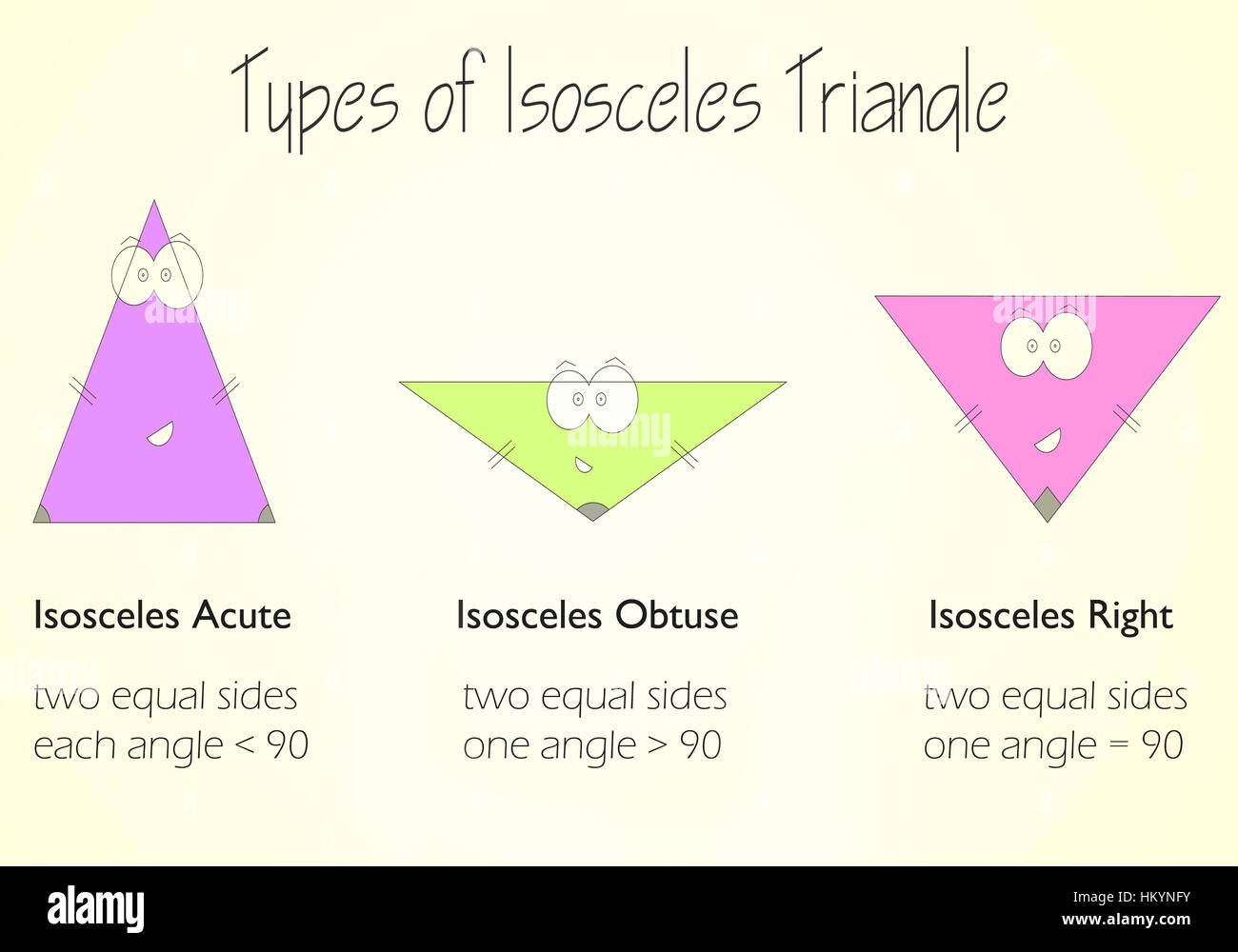


(This follows from Niven's theorem.) They are most useful in that they may be easily remembered and any multiple of the sides produces the same relationship. Right triangles whose sides are of integer lengths, with the sides collectively known as Pythagorean triples, possess angles that cannot all be rational numbers of degrees. The right angle is 90°, leaving the remaining angle to be 30°. After dividing by 3, the angle α + δ must be 60°. The proof of this fact is simple and follows on from the fact that if α, α + δ, α + 2 δ are the angles in the progression then the sum of the angles 3 α + 3 δ = 180°. The 30°–60°–90° triangle is the only right triangle whose angles are in an arithmetic progression. The fact that the remaining leg AD has length √ 3 follows immediately from the Pythagorean theorem. Then ABD is a 30°–60°–90° triangle with hypotenuse of length 2, and base BD of length 1. The geometric proof is:ĭraw an equilateral triangle ABC with side length 2 and with point D as the midpoint of segment BC. The proof of this fact is clear using trigonometry. This is a triangle whose three angles are in the ratio 1 : 2 : 3 and respectively measure 30° ( π / 6), 60° ( π / 3), and 90° ( π / 2). However, in spherical geometry and hyperbolic geometry, there are infinitely many different shapes of right isosceles triangles.ģ0° - 60° - 90° triangle Set square, shaped as 30° - 60° - 90°° triangle The side lengths of a 30°–60°–90° triangle 30° - 60° - 90° right triangle of hypotenuse length 1. Triangles with these angles are the only possible right triangles that are also isosceles triangles in Euclidean geometry. : p.282, p.358 and the greatest ratio of the altitude from the hypotenuse to the sum of the legs, namely √ 2 / 4. Of all right triangles, the 45° - 45° - 90° degree triangle has the smallest ratio of the hypotenuse to the sum of the legs, namely √ 2 / 2. The sides in this triangle are in the ratio 1 : 1 : √ 2, which follows immediately from the Pythagorean theorem. In plane geometry, constructing the diagonal of a square results in a triangle whose three angles are in the ratio 1 : 1 : 2, adding up to 180° or π radians. Special triangles are used to aid in calculating common trigonometric functions, as below:Ĥ5° - 45° - 90° triangle Set square shaped as 45° - 45° - 90° triangle The side lengths of a 45° - 45° - 90° triangle 45° - 45° - 90° right triangle of hypotenuse length 1. This approach may be used to rapidly reproduce the values of trigonometric functions for the angles 30°, 45°, and 60°. The side lengths are generally deduced from the basis of the unit circle or other geometric methods. The angles of these triangles are such that the larger (right) angle, which is 90 degrees or π / 2 radians, is equal to the sum of the other two angles. Knowing the relationships of the angles or ratios of sides of these special right triangles allows one to quickly calculate various lengths in geometric problems without resorting to more advanced methods.Īngle-based Special angle-based triangles inscribed in a unit circle are handy for visualizing and remembering trigonometric functions of multiples of 30 and 45 degrees.Īngle-based special right triangles are specified by the relationships of the angles of which the triangle is composed. A "side-based" right triangle is one in which the lengths of the sides form ratios of whole numbers, such as 3 : 4 : 5, or of other special numbers such as the golden ratio. This is called an "angle-based" right triangle. For example, a right triangle may have angles that form simple relationships, such as 45°–45°–90°. equilateral triangles are isosceles.Ī special right triangle is a right triangle with some regular feature that makes calculations on the triangle easier, or for which simple formulas exist. Position of some special triangles in an Euler diagram of types of triangles, using the definition that isosceles triangles have at least two equal sides, i.e. For the drawing tool, see 30-60-90 set square.


 0 kommentar(er)
0 kommentar(er)
